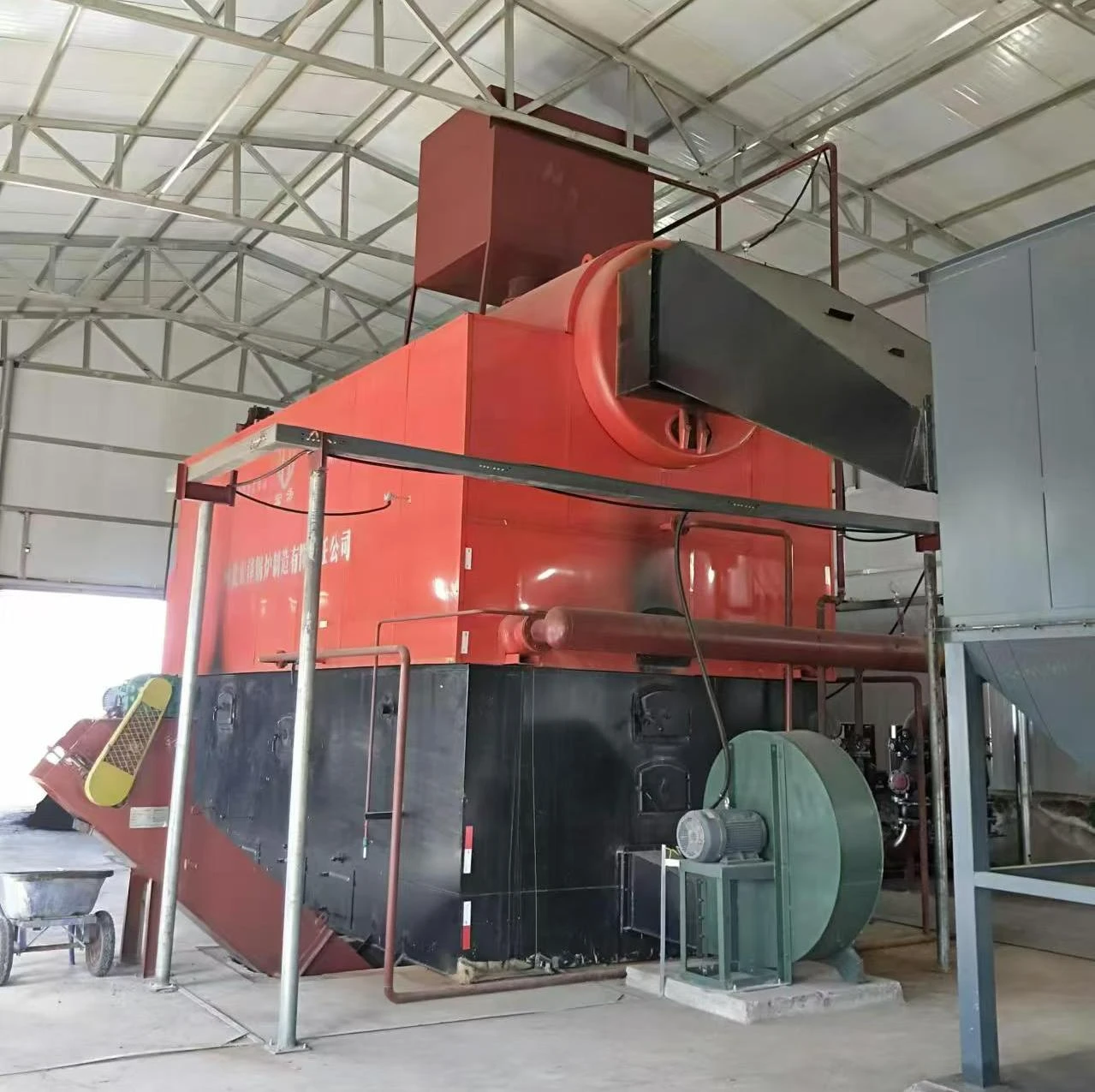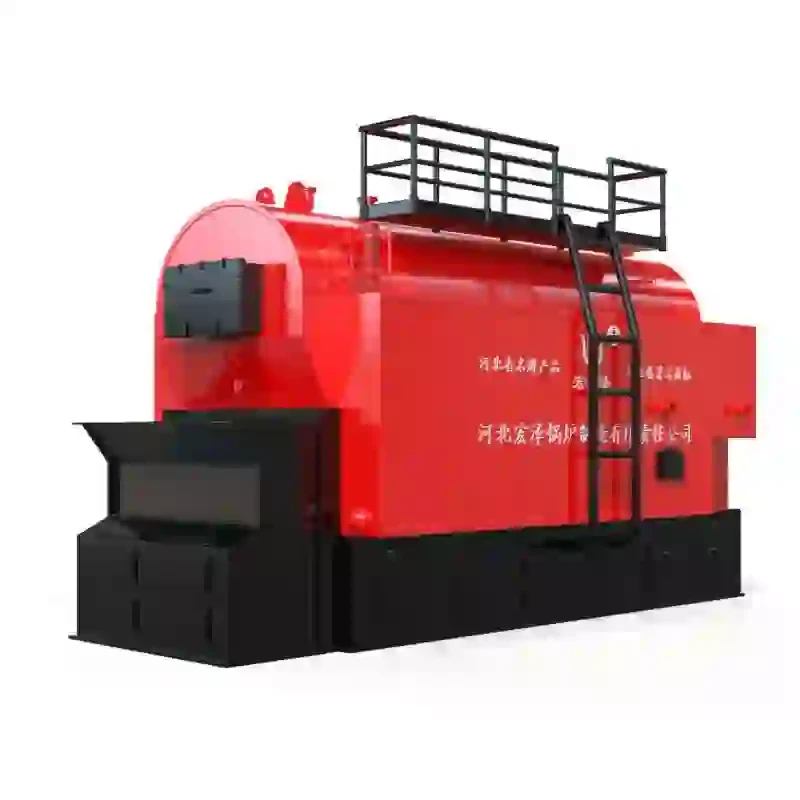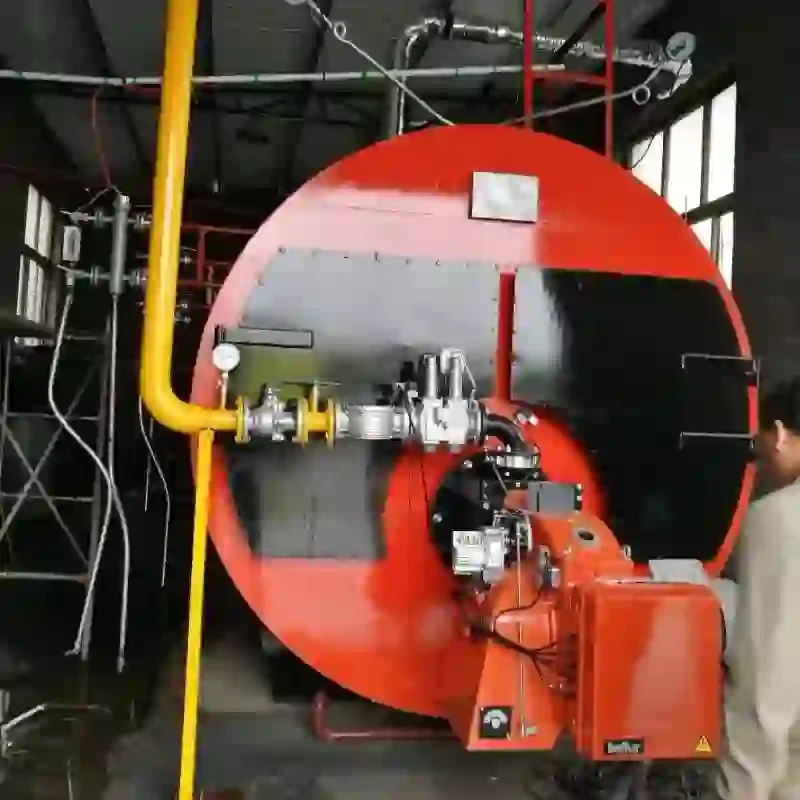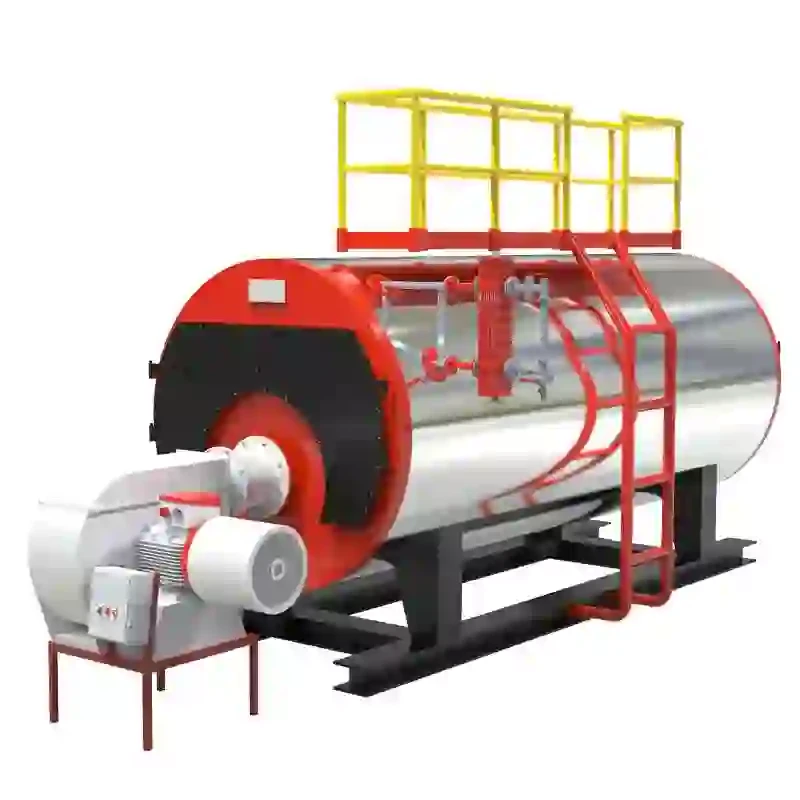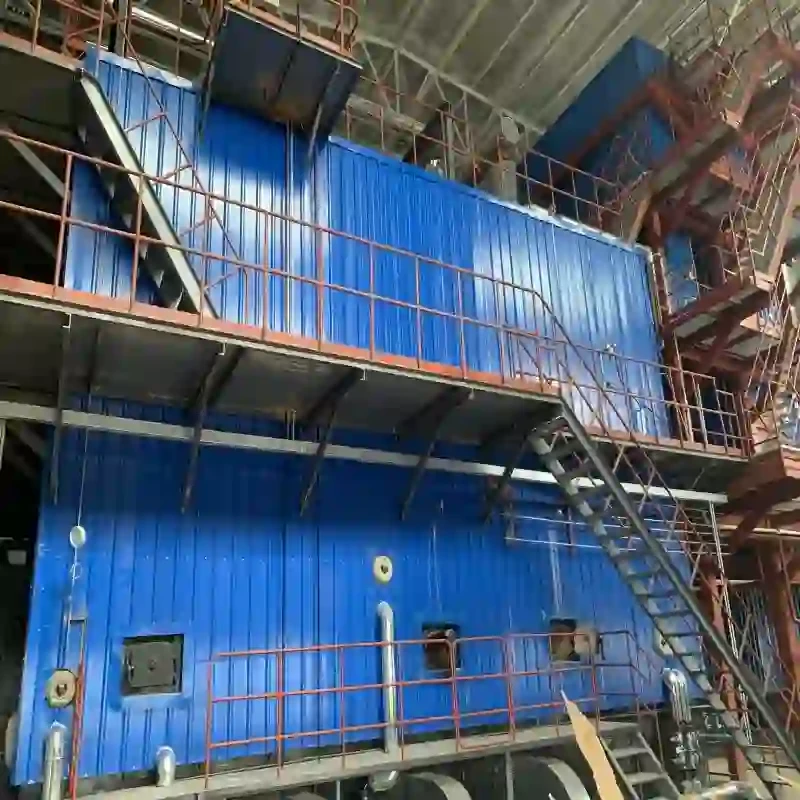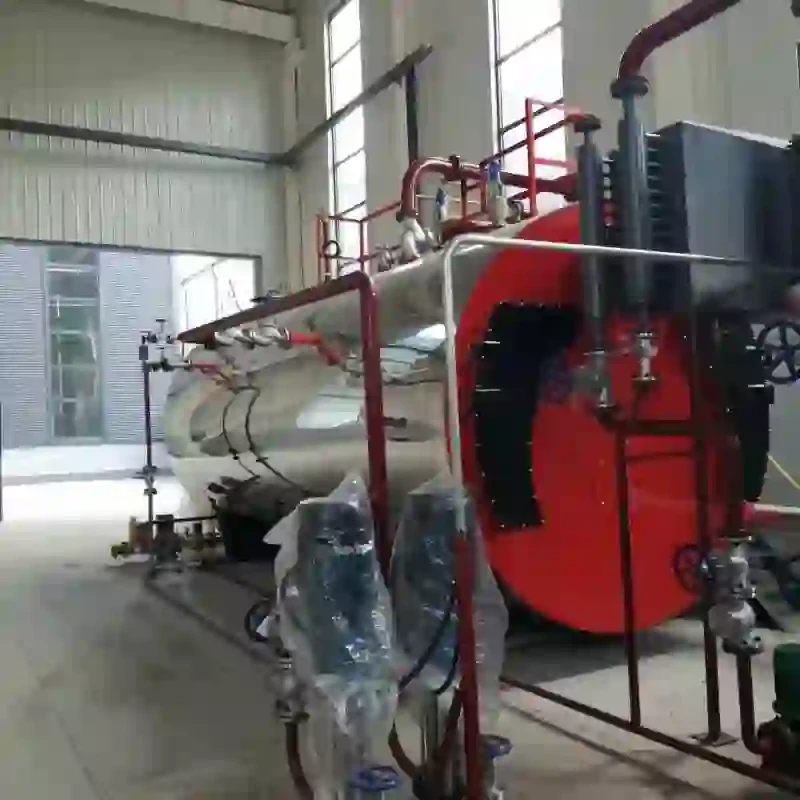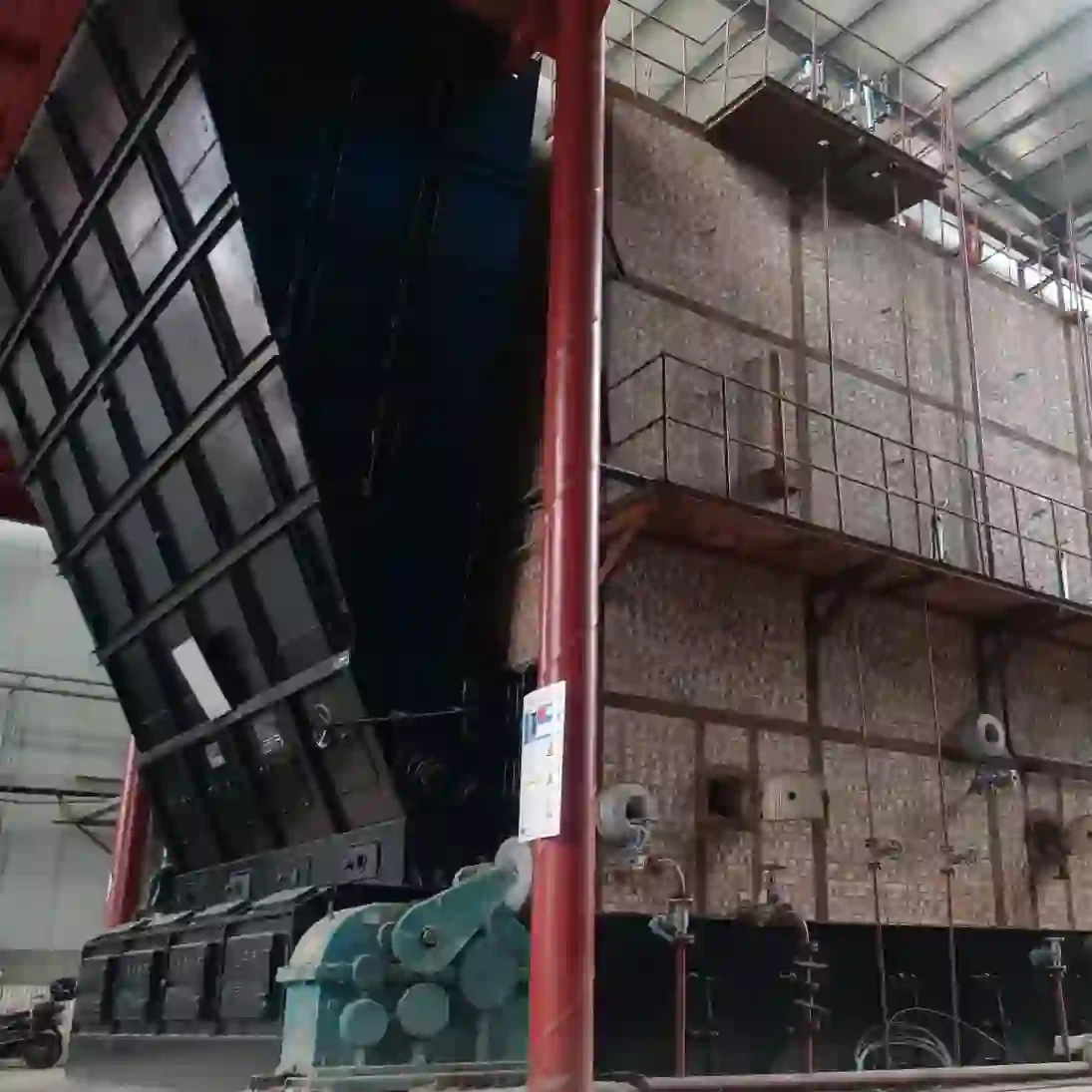
May . 07, 2025 15:59 Back to list
Hot Water Boiler Capacity Calculation Expert Design & Efficiency Tips
- Understanding Hot Water Boiler Capacity Calculation Fundamentals
- Technical Advantages of Modern Boiler Systems
- Performance Comparison: Leading Boiler Manufacturers
- Customized Solutions for Diverse Industrial Needs
- Temperature Control Strategies in Hydronic Systems
- Real-World Implementation Case Studies
- Optimizing Hot Water Boiler Efficiency Through Smart Calculations

(hot water boiler capacity calculation)
Understanding Hot Water Boiler Capacity Calculation Fundamentals
Accurate hot water boiler capacity calculation
forms the cornerstone of efficient thermal systems. Professionals utilize the formula: GPM = BTU/(ΔT × 500), where GPM represents required water flow and ΔT denotes temperature differential. For steam systems, the BHP = (Lbs/hr × 970.3)/33,475 equation remains critical. Modern engineering practices require accounting for:
- Peak demand periods (typically 2-3 hours daily)
- System heat loss (average 15-25% in commercial installations)
- Safety margins (recommended 10-15% over theoretical maximum)
Technical Advantages of Modern Boiler Systems
Contemporary boiler designs incorporate advanced features that enhance operational efficiency. Condensing models achieve 92-98% fuel efficiency compared to traditional units (78-85%). Modular configurations enable load matching within ±5% of actual demand, reducing standby losses by 40-60%. Key technological improvements include:
"Variable-speed pumps decrease energy consumption by 30-35% in partial-load conditions compared to fixed-speed models." - ASHRAE Journal 2023
Performance Comparison: Leading Boiler Manufacturers
| Brand | Capacity Range (MBH) | Efficiency (%) | Temperature Precision (±°F) | Customization Options |
|---|---|---|---|---|
| Bosch Therm | 500-4,000 | 95.2 | 1.5 | 12 preset configurations |
| Viessmann | 300-5,500 | 97.8 | 0.8 | Full custom engineering |
| A.O. Smith | 200-2,500 | 93.7 | 2.0 | 6 modular designs |
Customized Solutions for Diverse Industrial Needs
Specialized applications demand tailored approaches. Pharmaceutical facilities require ±0.5°F temperature stability, achieved through cascade control systems. Food processing plants utilize high-temperature models (180-210°F) with rapid recovery rates (≤15 minutes). Recent projects demonstrate:
- 30% reduction in fuel costs through staged combustion systems
- 25% longer equipment lifespan with adaptive thermal cycling
- 15% faster heat-up times via predictive preheating algorithms
Temperature Control Strategies in Hydronic Systems
Precision temperature management separates superior installations from basic setups. Three-phase modulation maintains water temperature within ±1°F across load variations. Advanced installations incorporate weather compensation algorithms that adjust setpoints based on external conditions, improving seasonal efficiency by 12-18%.
Real-World Implementation Case Studies
A Midwest hospital network achieved 28% energy savings through proper boiler sizing calculations. By implementing:
- Load-profile analysis (3,450 MBH actual vs. 4,200 MBH estimated)
- Primary-secondary piping configuration
- Smart reset controls
The system reduced annual fuel consumption by 18,500 MMBtu while maintaining 99.97% operational reliability.
Optimizing Hot Water Boiler Efficiency Through Smart Calculations
Proper hot water boiler capacity calculation enables sustainable operation across all load conditions. Modern monitoring systems provide real-time performance data, allowing adjustments that maintain efficiency within 2% of design specifications. Regular audits (recommended quarterly) help identify:
- Heat exchanger fouling impacts (typically 0.5-1.2% efficiency loss/month)
- Pump wear effects (2-4% flow reduction/year)
- Control system drift (±1.8°F temperature variance without calibration)

(hot water boiler capacity calculation)
FAQS on hot water boiler capacity calculation
Q: How is hot water boiler capacity calculated?
A: Hot water boiler capacity is calculated using the formula: Capacity (BTU/hr) = Flow Rate (GPM) × Temperature Rise (°F) × 500. This accounts for required water flow and temperature increase to meet heating demands.
Q: Where can I find a steam boiler design calculation PDF guide?
A: Steam boiler design calculation guides in PDF format are available on engineering platforms like ASHRAE or Boiler and Combustion Systems Handbook. Manufacturers may also provide downloadable resources.
Q: What factors influence hot water boiler water temperature settings?
A: Key factors include system load requirements, safety standards, and energy efficiency goals. Higher temperatures increase output but may reduce boiler lifespan if excessive.
Q: How do I convert hot water boiler capacity to steam boiler design?
A: Steam boiler capacity requires factoring in latent heat of vaporization, unlike hot water systems. Use Steam Load (lb/hr) = (BTU/hr) ÷ (Enthalpy of Steam – Feedwater Enthalpy) for accurate conversion.
Q: Why is temperature rise critical in hot water boiler capacity?
A: Temperature rise directly affects energy consumption and system efficiency. A higher rise demands more boiler capacity, while a lower rise may compromise heating performance in large systems.
-
Comprehensive Guide to Steam Boiler Installation Diagram – Global Best Practices and Future Trends
NewsNov.24,2025
-
A Practical Guide to the Selection of Steam Boiler for Industrial Efficiency
NewsNov.23,2025
-
Comprehensive Guide to Steam Boiler PDF Manuals and Their Global Impact
NewsNov.22,2025
-
Discover How Steam Boiler Videos Improve Industrial Training & Safety
NewsNov.22,2025
-
Comprehensive Guide to Wood Fired Steam Boiler Design – Efficiency, Applications, and Innovations
NewsNov.21,2025
-
Comprehensive Guide to Steam Boiler Working – Efficiency & Applications
NewsNov.20,2025
Related PRODUCTS






